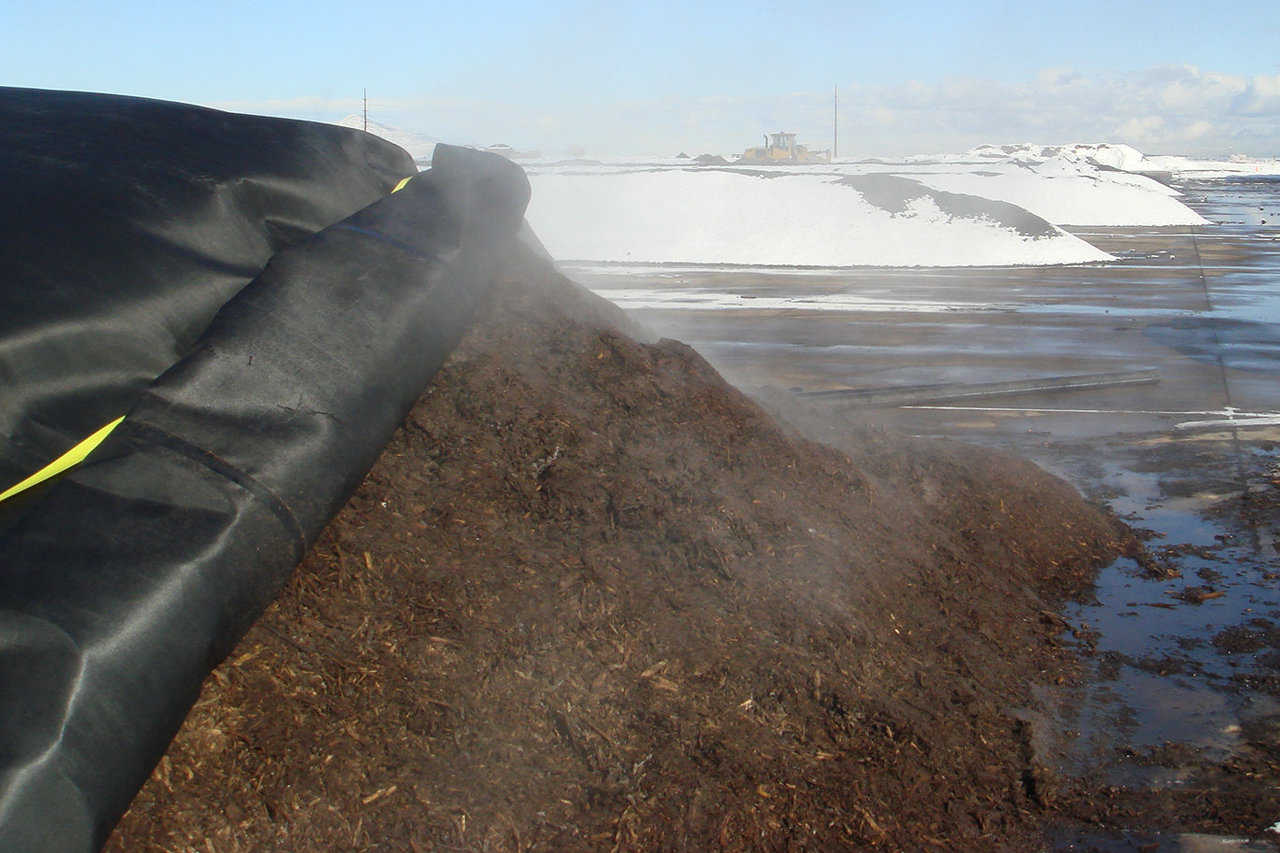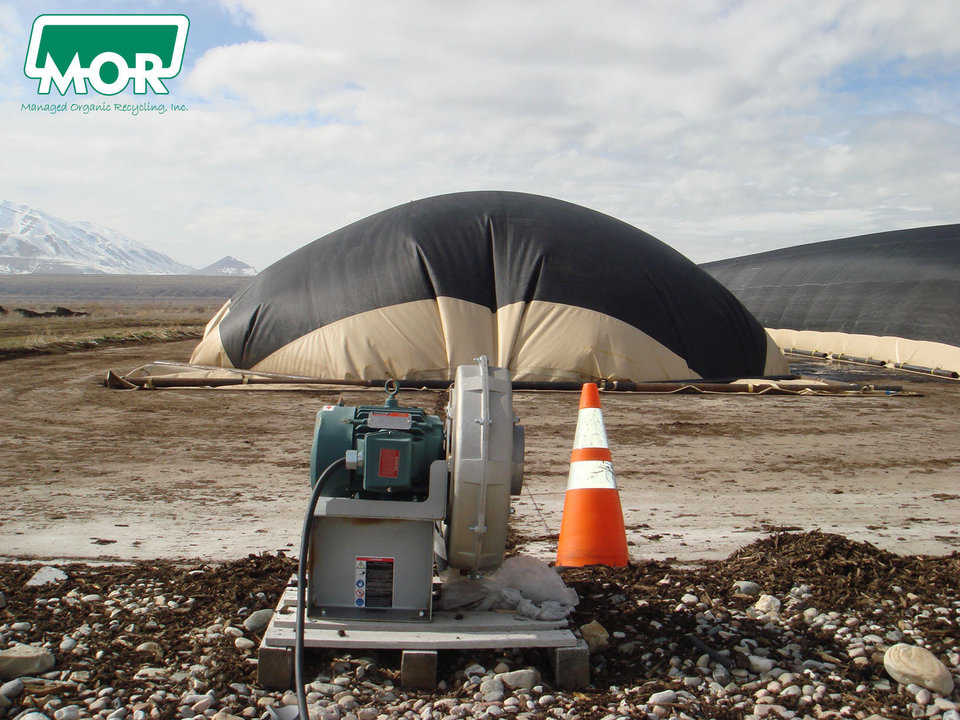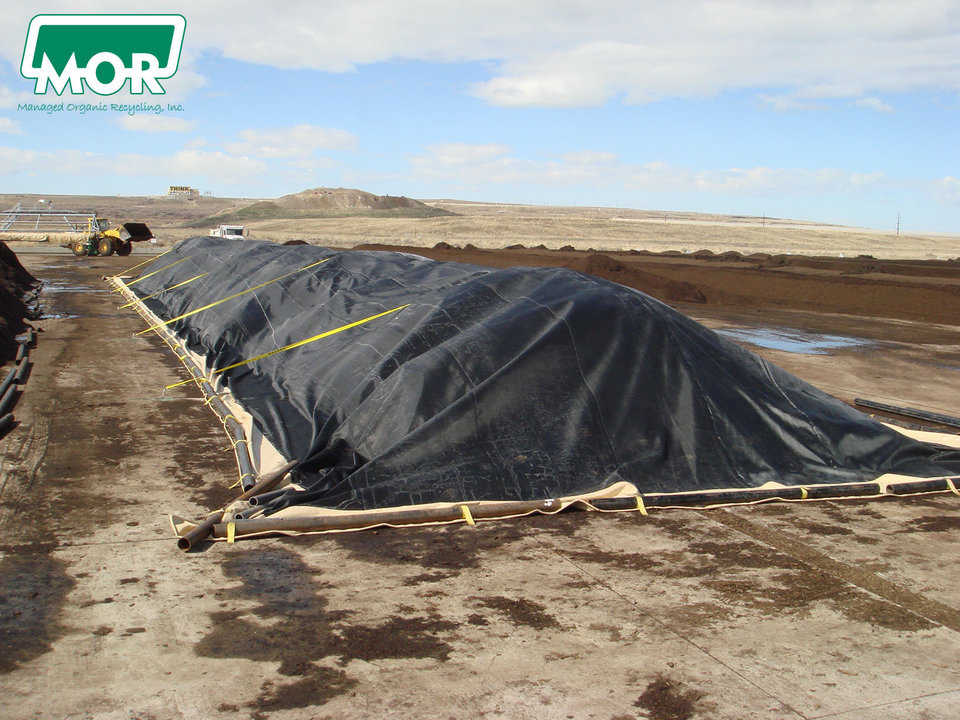It’s a resource!
Since 2005 Managed Organic Recycling, Inc. has been improving the process of composting organic waste – something our society produces by the thousands of tons every year. But while some people continue seeing this waste material simply as waste, John Bouey, MOR’s president, calls it a valuable resource.
He said, “These organics that we’re composting are a resource that can help sustain our soils, because we put the compost back into the soil. At the same time, we reduce the greenhouse gases emitted if you don’t compost properly. So it’s a very green technology.”
Changes
Composting dates back to prehistoric times. Early farmers found that a mixture of animal manure, straw, crop residue and other organics would gradually change into a material that enriched the soil. So the practice of composting began and continued.
In fact, many of us remember seeing a compost pile in a far-from-the-house corner of someone’s backyard or farm. People usually placed it far from the house because an uncovered compost pile is neither pretty to look at or smell.
But things have changed – drastically. Modern towns and cities continually produce huge amounts of organic waste, such as grass trimmings, food discards, paper, cardboard – even roadkill. If we’re to have landfill space in the future, we cannot continue depositing those tons in our landfills. Nor is it practical or aesthetically desirable to use windrows.
Windrow composting calls for piling organic material and biodegradable waste into long rows. To speed the composting process, the temperature of the windrows must be measured so that the rows get turned at their optimum turning time. It’s a slow process and a smelly one.
MOR and Monolithic to the rescue!
MOR has developed a process that is far more efficient and pleasant: the Compost Cover System. Compared to windrows, it reduces composting time by about one-half.
Monolithic manufactures those covers using a material developed especially for composting. “It’s special because of a layer of teflon that is in the fabric,” said Michael South, vice-president of manufacturing. “That layer has specifically sized holes that are too small for the stink molecules to escape but big enough to let air through.”
MOR’s clients range from large agricultural companies to mega-municipalities or as John Bouey puts it, “Anyone who wants to compost.” John helps the client determine what size cover is needed, then passes that information onto Monolithic.
“So far, we have made more than 60 covers for MOR,” Michael said. “We can make them in any size. Our largest, to date, measured 185′ × 42′ for Salt Lake City.”
Bakersfield, California is another MOR client. John said, "They produce 200,000 tons per year. We’re going to compost that. Bakersfield takes the finished product and puts it out on farms. That increases their crop yield, increases soil fertility and increases water holding capacity so they can cut down on water use. It also brings micro-organisms and nutrients back to the soil and reduces the need for fertilizer.
“Anybody not doing this is simply not reading the literature,” he concluded.


